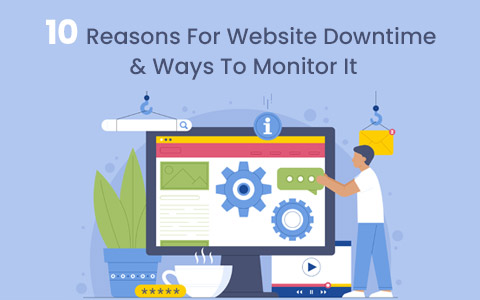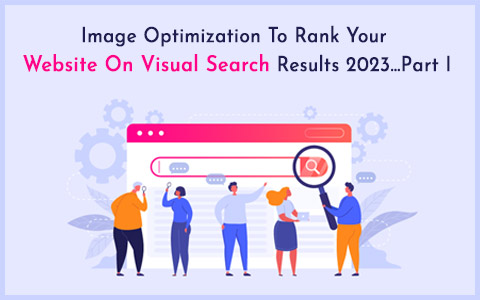7 Ways To Strengthen Internal Link Building For Your Site
In this blog we are going to discuss ways to improve your site optimization (in terms of internal link building) which will eventually contribute to your site’s progress in terms of getting better traffic, attracting potential consumers, and outperforming your competitors in the similar market niche.
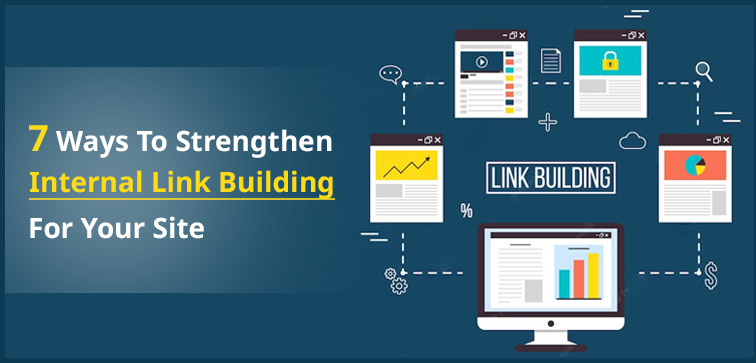
When working on a site’s optimization, one of the key practices of SEO is to manage and optimize the site’s internal and external linking. These factors of internal & external link building are absolutely crucial for the ranking of a site/page.
Internal linking is significant for your site because it helps the web crawlers and also improves user experience on the site when they are able to access and discover relevant pages, and related information on the website. You also improve your site navigation by improving the internal link building of your website. All these factors together improve your ranking on SERPs (Search Engine Result Pages).
Midas has been in the industry of professional Website Development Services and customized site designing solutions along with complete site optimization for almost two decades now! Get the bespoke web development and optimization services at a reasonable price range!
What is Internal Linking?
Internal linking comes under SEO practice where one page of your site is linked (hyperlinked) to the other page of the website.
These links between the pages of a site are known as internal links. These are useful and important part of site optimization as it improves site navigation for the user as well as search engines.
Two Types Of Internal Links:
1. Structural or Navigation Links:
As the name suggests these are the links that help a user to navigate through the site.
They are generally found in the header, footer, or sidebar of your site and that assist/guide the user to navigate to different sections and parts/pages of the website.
Navigation links are categorized or have sections that provide users a quick access to the relevant content of your site.
2. Contextual Links:
These links are located within the text of a page (of the site) that hyperlinks or points to the other pages within the same site.
These links are generally embedded within the keywords which helps users to navigate within the site to different pages with related information (relevant to the keyword).
Why Is Internal Linking Needed?
Internal linking is done to optimize your site for various purposes such as to help search engines to understand the structure of your site and ascertain how your site pages are related to each other.
Another reason internal linking is important is that it helps users to navigate your site and find the information, thus improving their user experience.
Internal linking facilitates distributing page authority as well as ranking power throughout your site.
Lastly, internal linking will contribute to increasing your site’s organic traffic from search engines by ranking the pages with high-quality content.
Internal linking boosts your site’s overall SEO health by establishing page hierarchy, distributing link equity, and improving page views as well as time spent on the site (thus reducing the bounce rate).
7 Internal Link-Building Practices That You Can Implement For Your Site:
1. Set Up Page Hierarchy:
It simply means creating a hierarchal arrangement of your site pages.
It’s a way to organize your site so that when a user lands on your site they are able to reach the important information the systematic way without losing their way while navigating through the site.
It is important and critical to your site’s performance to have proper page hierarchy as it will impact user experience and that will influence the search engine ranking and conversions for your site.
A streamlined link building that improves navigation for a user when they land on the website is the aim behind creating page hierarchy.
2. Keyword-Based Anchor Text:
When creating internal linking use keyword-based anchor text. Use quality content and use the suitable keyword (anchor text) that is relevant to the page you are linking to.
Google will detect if you are using unethical means to over optimize your page or links for traffic or ranking and it can backfire. Don’t do keyword stuffing and make sure the content is readable and contributes to the user experience.
3. Internal Linking For The Most Valuable Pages:
You must have some of the pages that are most important to your site which often contain valuable information and content that you want your users to find out.
When you build internal links and optimize for your most important site pages, it improves your site’s visibility on Google (as you build site authority & credibility) which in turn improves your chances of getting potential consumers (target audience) to reach your business.
4. Create Deep Links Into Service, Category, and Product Pages:
Deep links are focused on sending users directly to a piece of specific information or content.
You can deep link directly to a product or service by creating a landing page (designed for conversions) so the user reaches the intended destination.
5. Addition Of Contextual Links:
As mentioned above, apart from navigational linking, contextual linking also comes under internal link building. So, another practice to improve your site’s internal link building is adding contextual linking.
If you have several related pages on your site then contextual linking can help your reader to reach all those pages and navigate through your website without any hassle.
When you keep your user interested and engrossed on your site, you ultimately signal Google that your site is user-relevant and that improves your search engine ranking too.
6. Links and Popular & Recent Posts:
You can add links to the most recent posts on your site without overdoing it! This practice will signal to Google that you want your readers/users to know about the relevant and latest posts that you have added to your site. However, avoid adding too many links as it will be viewed as spammy by Google.
7. Fix Broken Links On Your Site:
You should check your site for broken links. There are various tools available to find broken links on your website. Also, make sure the links are not redirecting to a 404 error page or an image.
If not done already, you must focus on strengthening the foundation of the site, its content architecture, user experience, and navigation as altogether it will further improve the site’s visibility on search engine results and ranking.
Conclusion:
These were seven easy to implement SEO practices to improve your site’s internal link building. Midas is an ISO German certified company with more than eighteen years of industry excellence in delivering cutting-edge web development, designing, and optimization services to the global clientele. For search engine optimization or custom web development services from Delhi, you can reach out to us anytime. We Are Just A Call Away!
popular post
-
Image Optimization To Rank Your Website On Visual Search Results 2023…Part II
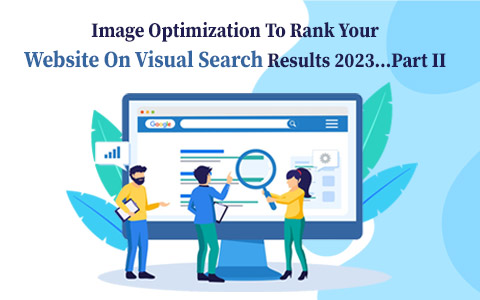
-
Investing in Web Designing will Profit your Business, know how?!
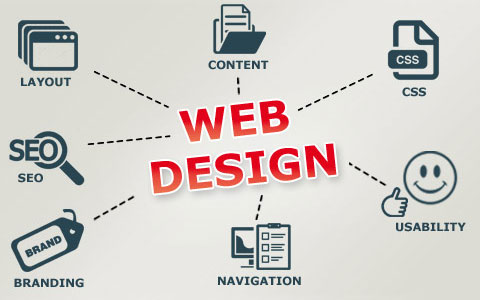
-
15 Critical Fixes to Save your Mobile Website from Turning into a Technical Fiasco
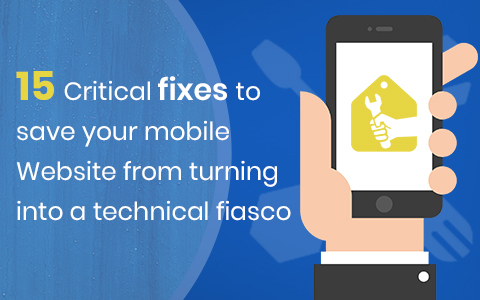
Categories
- Internet Marketing (13)
- Software Development (8)
- Mobile Apps Development (44)
- Web Designing (32)
- Web Development (60)
 business@midaswebtech.com
business@midaswebtech.com April 11, 2023
April 11, 2023



